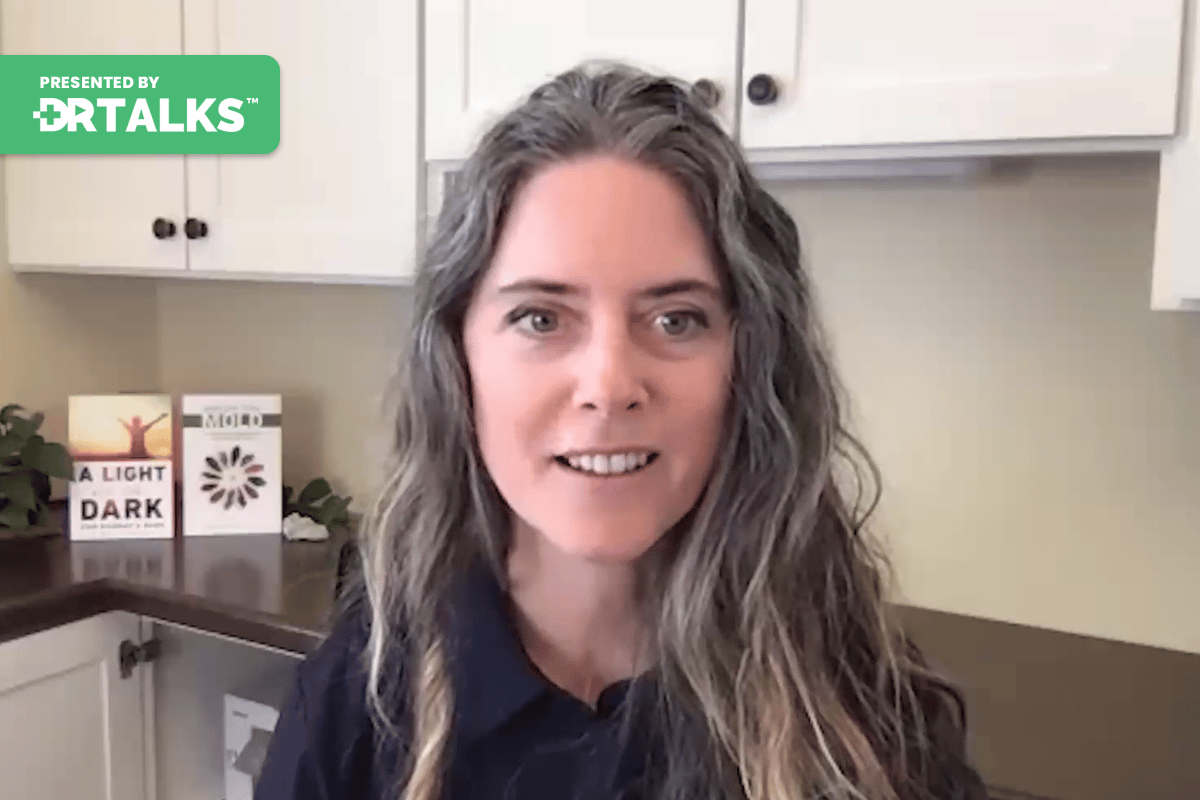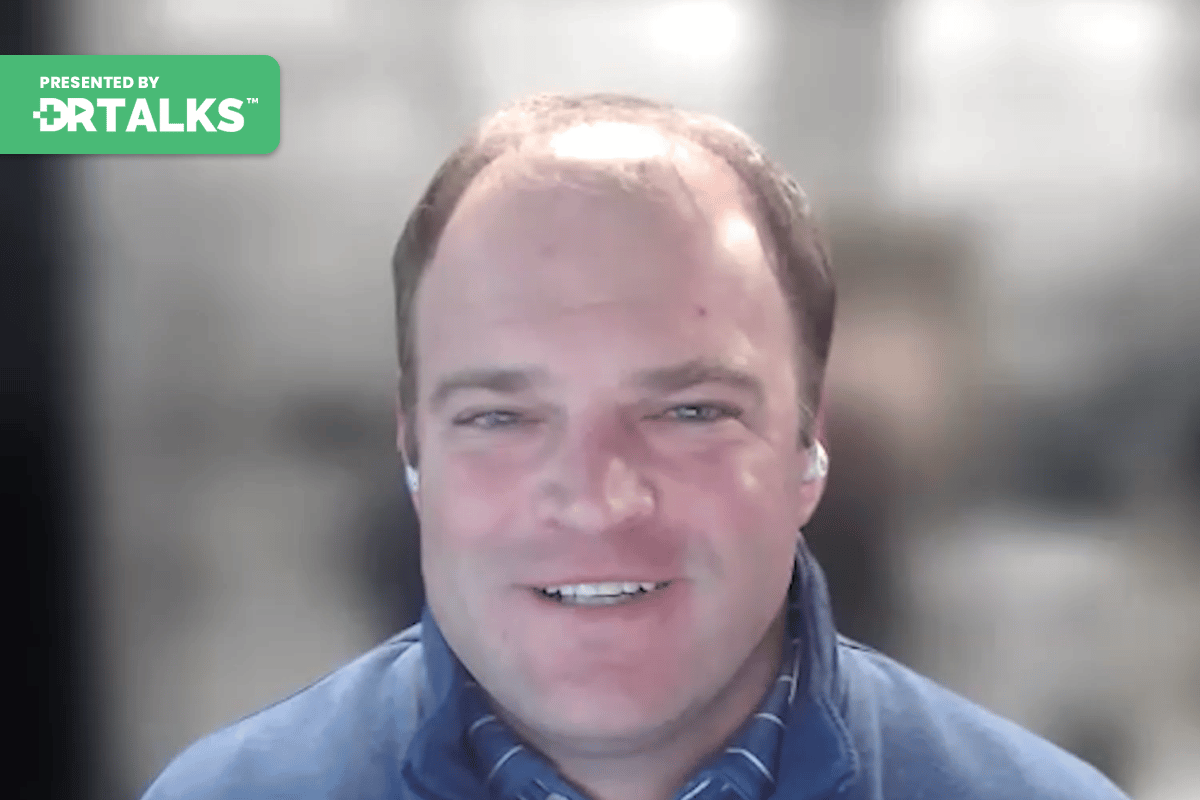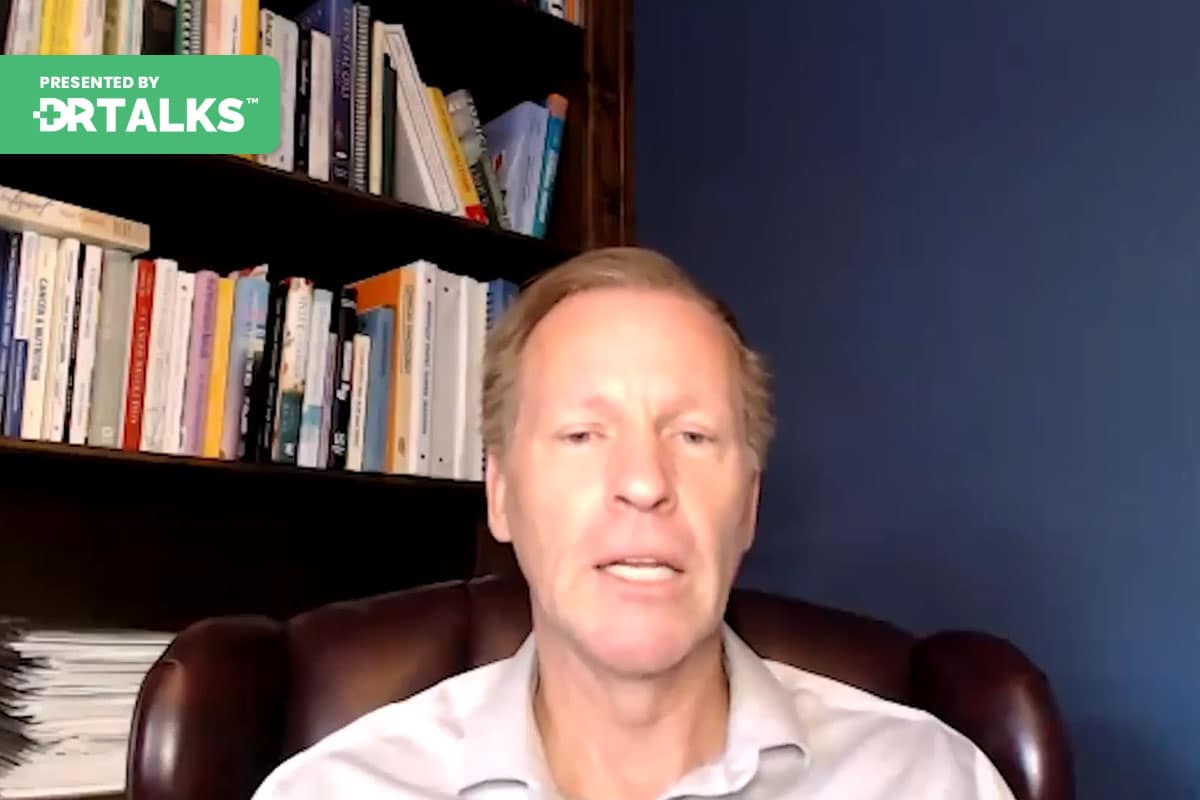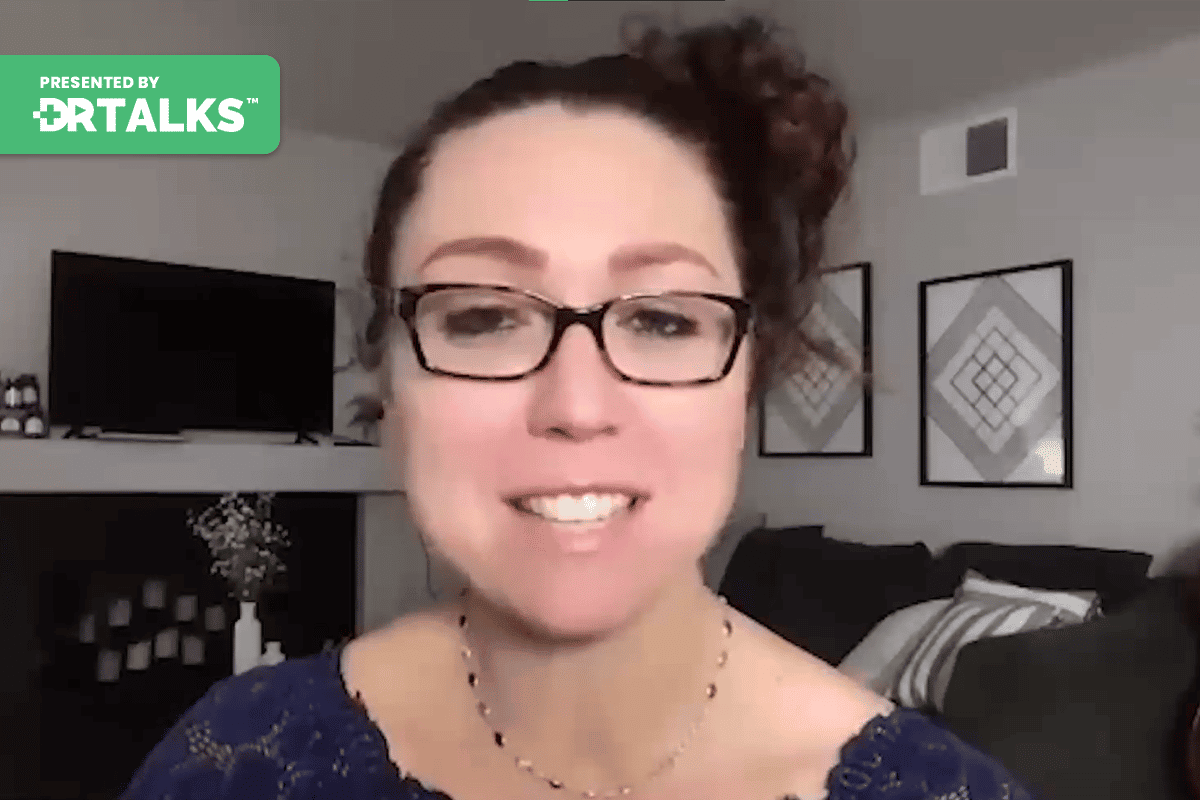Join the discussion below

Nafysa Parpia, ND has an independent practice at Gordon Medical associates, specializing in the treatment of Lyme disease and other complex chronic illnesses such as autoimmunity, mold toxicity, fibromyalgia, environmental toxicity and gastrointestinal disorders. Her patients with chronic Lyme Disease are typically those who either do not do well with antibiotics, or prefer... Read More
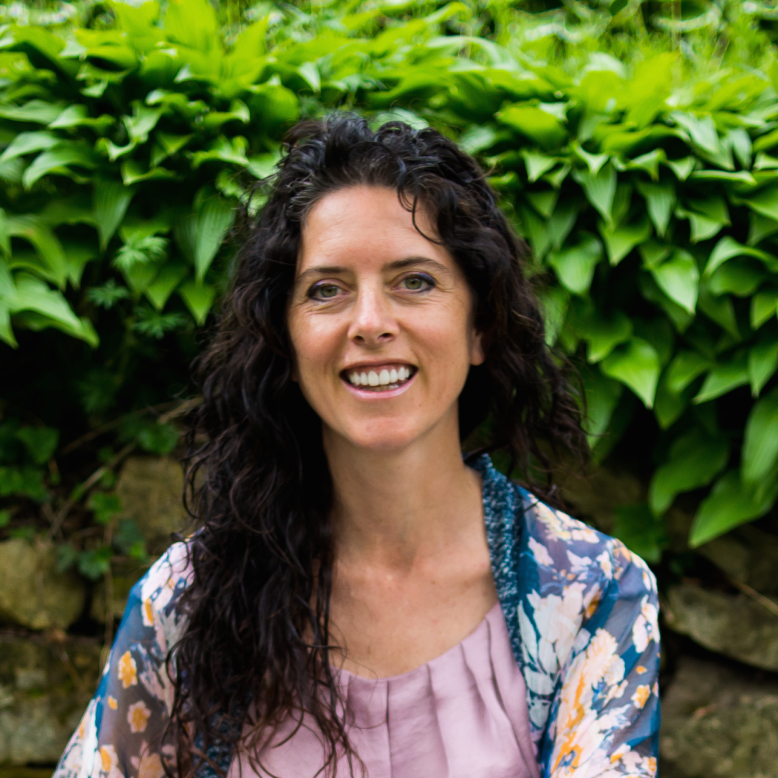
Dr. Jill Crista is a pioneering Naturopathic Doctor and renowned educator on complex, chronic illnesses including mold sickness, Lyme disease, post-concussion syndrome, and PANDAS and PANS. She’s the author of the highly acclaimed best-seller, Break The Mold: 5 Tools To Conquer Mold and Take Back Your Health. Through her physician... Read More
- Healing epithelial cells with herbs (these cells line our respiratory tract, digestive tract, and blood vessels)
- How vulnary herbs can bring about cell turnover, reduce hypercoagulabiilty and moves the lymph
- Top three vulnerary herbs important for Long Haul, especially mold-affected CFS patients
Nafysa Parpia, ND
Welcome to this episode of the long haul chronic fatigue summit. I’m very excited to have with me today, my friend and colleague Dr. Jill Crista, she’s going to be talking today about vulnerable herbs and how she’s been using them to help her patients with long covid and Dr. Crista, thank you for being here.
Jill Crista, ND
Thank you so much for having me. I feel like the plants are just celebrating that we’re gonna get the word out about them. So thank you so much.
Nafysa Parpia, ND
Fantastic. So start by introducing the audience, Tell them a bit about yourself.
Jill Crista, ND
Sure, I’m a naturopathic doctor, just like you and I practiced in southern Wisconsin and I found myself in Lyme country. I didn’t realize this was a Lyme endemic area. I kind of knew it as like a heavy metal, you know, rust belt. And so I figured I would really need to know about environmental medicine and heavy metals ended up in line country and realized, oh gosh, I don’t know enough about lime. So I became an island’s trained physician and then a lot of those patients ended up having mold as the reason for their chronic Lyme. So that’s kind of the emphasis of my practice. It went from family practice very quickly to multi, you know, environmental problems and stealth infections. So, covid is right up my alley because it’s so similar to Lyme and co infections.
Nafysa Parpia, ND
It’s true, this is what we’ve been. There’s a few of us on this summit who focused on tick borne disease and mold environmental talks and what we’re finding is that there’s this intersection between long haul covid and chronic tick borne disease or chronic mold. And so absolutely. And so let’s talk, let’s talk about that in your use of vulnerable herbs and and how they help the epithelium. So first of all, will you, will you tell the audience what the epithelium is?
Jill Crista, ND
Yeah. So the epithelium is a specialized cell that is the lining of all of our just think of it as the linings. So respiratory passages that’s from your nose, your sinuses to your lungs, all of our blood vessels, every single one of them until it gets to that one tiny capillary where just a little red blood cell can jump over and then all of our so bladder lining our skin is actually an epithelial cell. Um it’s one that has a little more wax on it. If you want to think of it that way, you know, keratin and things because it has to be a little tougher. So, and also very importantly for covid is gut. We saw very early on that the body would shed covid for a long time after having a respiratory symptoms abate. And so that’s how they’re tracking incidents is looking at waste. So that’s getting everywhere in our body then. So covid infects the epithelial cells, which means once it gets access it can go through and infect any of those and the connection to mold is that we see in studies that mold will reduce the immune system.
So much so especially in the respiratory passages, that it will increase viral survival inside the cell and allow for more viral replication. So it really sets the stage for people to have kind of what I’m seeing with long covid. A lot of my patients are what I’m just calling chronic covid, that it’s almost like it has turned into a self infection in the body because it can persist and replicate and persist and replicate, go to its neighbor epithelial cell. It doesn’t need a carrier protein, it doesn’t need anything. It can now move throughout the body and we’re now seeing through dendritic cells, it can move to tissues that we never have nothing to do with an epithelial cell, like the vagus nerve. So if we can stop it at the epithelial lining, which is what my focus of the vulnerabilities, we can decide to describe what in the heck, That is such a weird word. But when we can stop it there with healthy cell replacement, we can make a really big difference in preventing it from going wild in the body.
Nafysa Parpia, ND
I love it because right underneath the epithelial is are the there’s the blood vessels right there at the end of helium. And then when the epithelium gets infected, inflammation from the epithelium, you can then migrate down to the end of helium, which is the blood vessels and then we get a lot of inflammation in the blood vessel wall. So I love how you’re saying, let’s just stop it at the epithelium first to prevent all that inflammatory cytokine cascade from migrating further.
Jill Crista, ND
And you know with mold exposure, it’s their mold is a very potent promoter of mast cells and mass holes I think of as like a cluster bomb, you know like there’s an antibody is a very clean, orderly immune attack. It has a target, it knows what it’s going for. Its very clean mast cells contain all these little mini bombs. So once a mass cell is recruited to that epithelial layer it can blow out and then have other bombs that can blow out that whole area and that so replacing with a healthy epithelial lining is really, really important and and like I titled this dog, why isn’t the world going crazy for these plants? Because they are the solution to prevent clotting to prevent viral replication. I mean it’s just the, it’s not always the anti the bug. We also have to boost up the terrain and this is all about terrain.
Nafysa Parpia, ND
Fantastic. So tell us what a vulnerable herb is exactly. And what are their mechanisms of action in the body.
Jill Crista, ND
Yeah. Vulnerably herbs are, you can think of them as the replacement team. So what they do is they help the cell turnover and why this is really important for viruses in particular and other interest cellular infections like Bartonella maybe even a mycoplasma pneumonia. But with covid, we know it goes into the cell. It has an escort with the ace two protein goes into the cell. And the only way that we can actually fight that virus once it’s inside the cell is to kill off that cell and then we have to replace it with a healthy cell. And that’s the job of a vulnerable E is that it’s all about cell turnover. And providing. What I love about the voluntary is that I want to talk about today. Are they are antiviral but they also provide all the nutrition to do that cell turnover. They have a penchant for that lining.
Nafysa Parpia, ND
Fantastic. So talk about how this is connected to a long haul.
Jill Crista, ND
Yeah, so again I was saying, you know, for my patients long haul seems to be looking like a chronic persistent Lyme infection. It’s a chronic persistent viral infection. So I think that what’s happening is because of the inflammation of the spike protein. We are seeing that the body kind of goes into this inflammatory state and nourishment can’t get in and waste products can’t get out. So I think that that’s a big part of this. And again, stopping it at the very cell where it all started is so important.
Nafysa Parpia, ND
Right, that spike protein is just causing so much information. So you’re talking about healing those cells that are being inflamed and then thus that prevents long covid, right?
Jill Crista, ND
So on the respiratory passages, what we see is that we get less inflammation, less mucositis, less susceptibility to other things like R. S. V. and in the blood vessels. What we’re seeing is that by helping it at the very layer where it started it’s also preventing clotting because you can get this little turbulent flow that can happen at an injured sell the blood doesn’t go by it nice and clean and if you don’t have a body full of good structured water that’s moving things through the inside of the pipe, it’s moving on the outside of the pipe. And those little injuries become little eddies and that’s where the body says well we gotta slow the roll here let’s make a let’s make a scab but a scab inside the blood vessel becomes a clot. And so these are also clot preventers.
Nafysa Parpia, ND
Fantastic. Did you want to talk a little bit more about mold right now and how it plays into it? Or do you want to wait?
Jill Crista, ND
We can talk about, Yeah the mold piece you bet. So mold will impede the immune system in three different ways that are really important. It’s toxic to the very immune cells. So it can actually kill off the very cells that we’re needing for viral fighting which we use our innate immune system pretty strongly for viral fights. And that’s like hand to hand combat well mold will take that down because that’s the same part of the immune system we use to fight off fungus. So it reduces that. So it affects the cells it also affects the cells function and this is more like an epigenetic thing. So it’s the soup that the cells are swimming in. If it is not health promoting to that cell then the cell is working on a lower function like any of us. If we’re not getting sleep and eating right whatever we’re kind of running on a little bit of an empty tank. That’s what happens to the immune system.
So it affects them. It can actually kill the cell. It can reduce the function and then it can actually change you at the gene level to make you more immune. You know I was gonna say confident but that’s the wrong way the other way um immuno depleted. So that makes you more susceptible to all the things, you know? So that’s where we see a lot of people with chronic mold also have a chronic line have a mold exposure behind it. Even if they’re doing all the perfect things for their treatment. And I’m seeing that with covid as well. You know, people taking all the right things. Following the FL. C. C. C protocol, you know, following all these protocols that are really solid and in population statistics are showing to to improve the situation if they’re mold affected those are going to be the hangers on more than anybody in my price.
Nafysa Parpia, ND
Yeah. No I’m seeing it too and I’m seeing that even if covid is gone right now they have when covid is gone because it does, the virus goes away but it leaves this trail of inflammation. But if they still have mold hanging around their system, maybe it wasn’t even diagnosed yet. Right. It’s one of the contributors now to what is long haul, right, excited kinds that flared and that mold the flare from the covid originally.
Jill Crista, ND
It serves on steroids, right, come on with mold that can develop chronic inflammatory responses. And we see less of that. If we can address the fungal burden in the body, that’s why using, you know, internet inter nasal and systemic antifungal. But if you are already doing all those right things and you get a flare in your servers. Part of your mold symptoms. That’s also a covid thing. It’s like, like I love how you call it the trail. You know, it’s like it left this inflammatory trail that the body can’t mount and get over.
Nafysa Parpia, ND
So now if you will explain to our audience what serves is C. I. R. S.
Jill Crista, ND
Yes, so that’s chronic inflammatory response syndrome. This is Dr. Schumacher’s , I’m not shoemaker trained but this is his derivation or diagnosis of someone when they’ve been exposed to mold, there are lots of ways that mold can make you sick. It can make you sick with spores with the sport fragments. What’s important about the fragments is that you get this exposure if you have been in a building where you do a remodel, there was an old mold problem and it’s dried out and then let’s tear out the bathroom and put a new one in. And if there’s not containment, if no one knew there was mold there, all of these fragments can get released into the air and we can get up 300-500 fragments for one spore. So it’s like, you know, a huge cloud of these little things you can’t see and they act like asbestos. They can get into the lung tissue and lodge there and cause chronic inflammation. So we have spores, spores, fragments happily living mold off gasses, all kinds of chemicals, alcohols, Aldehydes. And one of the chemicals that it off gasses is such a strong immune suppressant. We use it in medicine as a drug for people who have had organ transplants.
It’s called cell set. So if you’re breathing moldy air, you could be taking in this immunosuppressant drug. And then there’s the mycotoxins. So those are the four ways that mold can hurt you and mycotoxins are made on purpose by mold to harm another living thing. They’re made, they’re really expensive there energetically expensive for the mold to make. So when they’re there, you know, there’s a competitive microbial environment and micro are they can go anywhere, they’re fat soluble lipid soluble, they can go right through your nasal passages, right through your respiratory passages. And they’re very irritating to all of the linings that we’re talking about. Their irritating to the respiratory lining, the gut lining, the blood vessel lining and your skin. So mold you can kind of see how it sets the stage because it’s got all those immune things that it does. Like I talked about cells, direct cell cell function and genes. And then you’ve got the inflammation of the servers and then you’re exposed to mycotoxins. So you have more than one mold in the environment. Now you have immune suppression and all of the inflammation from mycotoxins. The solution is to get out of mold. Yeah.
Nafysa Parpia, ND
And so what you’re saying and what we’re observing and our practices is that long. covid isn’t necessarily only about covid it’s about the terrain of the body. Use that word earlier too, about what else is going on that’s causing inflammation. We know we know that mold is one of those for all the reasons you just described. Thank you for sharing that with the thanks for giving me the chance.
Jill Crista, ND
I’d love to talk about mold. It’s a weird reaction.
Nafysa Parpia, ND
Yeah. So it’s great. So let’s segue into the vulnerable herbs. Tell us what your top three ones are and why they’re important for me.
Jill Crista, ND
I love them because they have multiple actions. That’s the beauty of herbs. That’s all also why it’s a little trickier to find research on them because they don’t have this single drug action that we can then do easy statistics on herbs are very frustrating for researchers because they have multiple mechanisms of action. And so they’re like okay this person or this, you know rap got better or maybe a person got better and they got better on their information and their viral load and they’re this and they’re that and you know, so there’s all these other things that could be contributing and that’s exactly why I love them. So my top three are all classified as vulnerable trees which I hope the world will fall in love with and go crazy about by the end of this talk and I picked each one because each one has additional mechanisms that help certain different things. So they all have antiviral activity and they all help with that cell turnover at the epithelial, endothelial and Enterocyte level so that inter site means the gut lining and they all help with inflammation and they all help with immune modulation and a couple of them help with clots. A couple of them help with lymph movement. A couple of them helped by soothing and so that’s what’s so neat is that we can actually use all three and get all of those actions if that’s what someone is needing or we can just use one and it still has like a whole list of things that it’s doing for the body. So my top three is planting or plantain depending on if you’re from the south and cleavers and red clover, those are my tops fantastic. There’s so many reasons to love these herbs so many and they just don’t get, they don’t get the press because they work in such a beautiful nourishing level. They’re not gonna come in and just bam, you know, they’re not as a strongman antiviral, like maybe a licorice or a elderberry or you know, ivermectin but they are so nourishing and they’re so safe.
You can use them every day multiple times a day and you can use them with Children. And so a lot of kids are in up with long covid because of their multi schools and you know, they’re getting back to school and schools weren’t taken care of necessarily, at least I’m seeing a lot of this um that kids are also sudden having quite a bit of like a dry cough, irritable cough, that kind of thing. And so that’s where I would pick planting. I could talk about each one if you want me to talk about each one and its special sauce. Okay, I brought show and tell because I want to make everyone fall in love with these. So this is planting. It’s been cut and sifted to try and get in front of the camera and you’ll see this kind of looks like, hay and it is kind of like, hay, but if you see it in nature, the leaves are kind of thick and they’re tenacious and if you if you bruise one of them a little bit of goo comes out and that goo is exactly what’s so good for soothing the respiratory passages, the sinuses, the gut lining.
Some people are having bladder irritability, like an interstitial cystitis with this because it’s an epithelial tissue, irritable bowel, sore abdomen or sore belly with this because again it’s finding the epithelial lining of our gut. So planting is a vulnerable very but it’s also a soother and we’re also seeing it’s absolutely incredible how much antiviral potential we have in these plants. You think oh I’m just gonna take this herb and it’s just sort of kind of going to help me, you know, I don’t know, feel better mentally or something like that or you know like just put a band aid on it. It’s not putting a band aid on it cause it’s antiviral and we’re seeing especially for Children, it’s important because it has anti R. S. V. Properties. So it’s antiviral for the specific things that we’re seeing as the kind of co infections or sequelae infections that we’re seeing with long covid so that’s planted, how would someone take plantain. So these are really easy. These are so easy to take. You can make a big batch of tea once a week and just strain off the herbs and then use that and drink it like lemonade every day, it doesn’t have to be hard, you know, I’m all about making things really simple. You can get cut and sifted like this from places like frontier herbs, they’re very affordable.
They come in a mylar bags so they preserve really well and you can take a scoop or two about a tablespoon or 2 to 2 to four cups of water. So if you want to make a big batch, just do that math and let it steep in boiled water for about five minutes and you don’t wanna go too long because it can, we want all those properties held and we don’t want it to get oxidized. So five minutes, 10 minutes somewhere in there because these are all leafy. If we had roots and things you would want to boil it. But these are leafy so we just steep it and then strain that off and that goes in the refrigerator and you can add honey lemon if you like more spicy and hot things, you can mix it with a cinnamon or clove or have some kind of a spice tea and then just dump that in. So this becomes something that’s really, really easy to do. You’re going to drink something anyway. You know, so if you can replace maybe something that you shouldn’t be drinking this tea or even, you know, it’s very hydrating. All three of them have some hydration components to them except planting is a little, it’s really interesting because it can add soothing and mucus, but it’s drying, which you know, again, plants are amazing. So if you have that chronic dry cough or even if you have kind of a wet goop cough, planting can be one that can help soothe but also dry out all that mucus. Or if your stuff is in the sinuses, especially with mold, we see that. So that would be one way to do plant. You can do each one individually like that or you can mix them and they really love to play together.
Nafysa Parpia, ND
Fantastic. Tell us about the next one.
Jill Crista, ND
So red clover is it’s incredible because it’s anti pox and there’s research to show its anti covid as well. So the antiviral properties of this one are amazing. When I think of red clover, I think about the lungs, but it can act in all of the respiratory passage or all of the epithelial type passages. And I just want to show everybody this butte Beautiful little clover, it’s just a dried red clover, pretty beautiful. And again, you can get it like this cut in sifted is what it’s called. And since we’re using the aerial parts, we make it just like the plant in where you would just steep it for 5 to 10 minutes, strain it off and then you can store that liquid or drink it right away. Red clover is amazing because it has blood thinning capabilities.
Nafysa Parpia, ND
It sounds like I need some plant,
Jill Crista, ND
I think planting is calling your name. Yeah, so red clover can thin the blood. It actually is one of those drugs or herbs that we have to be careful. Somebody is on warfarin or blood thinning medication because it’s so powerful at that. So maybe before considering one of those medications, a person could try red clover, especially if it’s in a long, long covid situation where there’s so much inflammation, the virus might still be around or maybe not. We’re not sure why not red clover because it has antiviral properties. But even if the plant if the virus is gone, you’re getting that cell turnover of the blood vessels, of the respiratory lining, of the gut lining. So that person doesn’t have so much inflammation going on. So that’s what I love about red clover and it’s really, it’s very tasty, fresh as well. So this, we’re not in the season right now of fresh red clover, but it is something you can eat fresh, it’s very safe just and it’s quite tasty,
Nafysa Parpia, ND
Fantastic. How about your third one?
Jill Crista, ND
So the third one is cleavers and I’m gonna show you a picture of this one, everyone can see
Nafysa Parpia, ND
Little like arugula.
Jill Crista, ND
Yeah, it’s a little, it’s a little pokey. So this isn’t one that I love to eat fresh because it does have kind of little hairs that can catch in your throat a little bit. Some people do. Some people love it. But for me, I’m like, you know, but what’s interesting is a lot of plants that have that capability, that little poke, what it’s doing is moving lymph. It’s encouraging your body to move lymph. And we see a ton of lymphatic congestion with long covid, especially if there is tick borne illness because tick borne illness causes so much lymphatic congestion and mold lymphatic congestion because it’s the fat soluble toxins that get all glammed up in there. So cleavers what they’re doing. They’re vulnerable airy so they help to turn over those cells. They’re really specific for the gut bladder. So especially bladder and I don’t know why I keep bringing up bladder I guess because I have a lot of patients have mold bladder problems, but levers are really specific to that tissue.
They have a penchant for that tissue. But also cleavers interrupt viral replication. There have been some studies on gallium species and covid. So this isn’t something that’s just like a cute idea like this is gonna move lymph, this is going to move and the lymph why that’s important is that if you have reduced immune cell function, what are immune cells do is they fight infection, but they also clean up there, the cleanup crew. And so if they have reduced function, you need a little extra help to get that lymph moving so it can get to the bigger organs like the spleen or some of our lymph nodes because out in the tissues the immune cells aren’t keeping up. So these are three that I just love.
Nafysa Parpia, ND
So you’re talking about lymphatic flow, hyper coagulation, inflammation. Yeah all of those properties together. So if you make a t with all three of these you can have a lot of amazing healing properties.
Jill Crista, ND
Right? And you can do it day after day. And some people notice boom right away. But typically what I’m noticing is about two weeks, there’s this magic window where the fog lifts and they can poop again. Or they can you know those kind I think sleep is improved. So I’ve noticed on a daily basis if you’re drinking like six cups of this a day and you can go much higher because a lot of these are food. But I typically have my patients start with 3 to 6 cups of this, you know really well steeped tea and after two weeks I like I don’t know what happened but something happened, something just shifted. So I do have them continue. I do have them continue for a while because we’ve seen that covid has the second wave syndrome kind of thing where it’s like oh I’m improved. I feel better now. I’m gonna go start to do some things and then they crash again and it can be a harder crash than the first time.
So I have them continue and of course we’re doing other things like vitamin D. Vitamin A. You know we’re doing all the other support stuff. But these are amazing plants and I want to talk about one more nettles. Good old nettles. You can see vibrant green. They are like compared to my plant back there, they’re so vibrant green. And when you steep nettles they make this like it almost looks like green paint. It’s so vibrant and these are incredible for mast cell stabilization. What we see there are studies about nettles that they not only reduce the number of mass cells recruited to an area so that epithelial we’re talking about how if the immune system isn’t work and then the mast cells come in so they reduce the mass cell recruitment and they also reduce the mass cell dumping so there’s less inflammation in the area and they’ll block histamine receptors. So if the mast cells did get a chance to dump some stuff, especially histamine nettles are going in and blocking those receptors. So the cell doesn’t have as exaggerated of a response and that’s in one plant.
Nafysa Parpia, ND
Amazing.
Jill Crista, ND
It’s amazing. And we don’t, in my experience people don’t take enough of them. They are a food, there are food based green people eat them as a green. So you know what I take from that is like a 500 mg capsule of nettles. That’s not going to get you what we’re talking about like this, you’re needing to the point of a food. So my patients I have them take quite a bit more and all of these by the way you can get in capsule form. So if you’re like and that’s so much a tea person take them as a capsule.
Nafysa Parpia, ND
Great. Yeah. Yeah. I mean there is so much to these herbs healing properties really. I don’t even call magic. So the herbs it straight from the earth. You know sometimes they think it manufactured in the lab in a way that they get altered in the lab to get put in the form of a capsule. But truly it’s medicine that just been given to us.
Jill Crista, ND
Yeah and I think that you know we get so used to the idea that a drug has this action. You can kind of tell it happened in the first two or three days you know that? Oh yeah it’s working but it’s only working on one track. And what we’re seeing is that a lot of these stealth infections find another way. And so the plants, I don’t use them. I don’t use the drugs alone. I use them with a plant based so that the plants keep a lid on things and then the drug works that much better. They need less of a drug. So if we have to go to a pharmaceutical then you know I keep the plants for sure.
Nafysa Parpia, ND
Yeah they work so well together.
Jill Crista, ND
Yeah. Yeah. So we also have to get our brain around like we have to have a lot of these plants in a short amount of time and then continue it past, you know like it it takes a little while for the symptom to abate and continue it a little bit longer when it’s something like a long covid or something like a stealth infection or a mold or fungal overgrowth or something go all the way past because the way that the plants work is so nourishing and they bring back intelligence, they bring back function so you don’t want to just be like, oh great, I feel better and then go off of them because that’s when people say well it didn’t work, it didn’t work because it wasn’t used long enough or in some you know acute cases I use really big doses but for like 2 to 3 days. So during an acute covid infection I’m using much higher doses but just a short amount of time. But when it’s long covid you need long doses.
Nafysa Parpia, ND
So that makes a lot of sense. Yeah. Is there anything else that you want to share?
Jill Crista, ND
I don’t think so, I’m just so thrilled to be able to talk about these miracles.
Nafysa Parpia, ND
I’m happy you’re talking about them. I think that you’re bringing to light something that’s not being thought about too much how to use herbs for long covid or really for any chronic illness for any mystery illness herb, spring, anti inflammatory properties that it’s hard to replicate.
Jill Crista, ND
Yeah, yeah, very hard to replicate. You know, there are phyto nutrients, we don’t know all the little nanoparticles and all those kind of things, you know, it’s just like you can’t supplement your way out of a junky diet, you must eat the food, there’s there’s something in the food that is frequency, not chemical and that’s I think the same with plants. And so before I do use a drug, you know, I would first then start with start with these, see if we get a bump and then if I need something and I’m like, oh this is truly chronic covid, this person still has active viral replication. If what I start with isn’t working, then we go to stronger anti critters like Andrea graphics or something like that. But if that’s not working then we might also add the drug, but it’s their very there’s magic in here if we just let them help us.
Nafysa Parpia, ND
There absolutely is. Thank you for sharing with our audience today.
Jill Crista, ND
Thank you so much for having me.
Nafysa Parpia, ND
Such a pleasure.
Downloads

